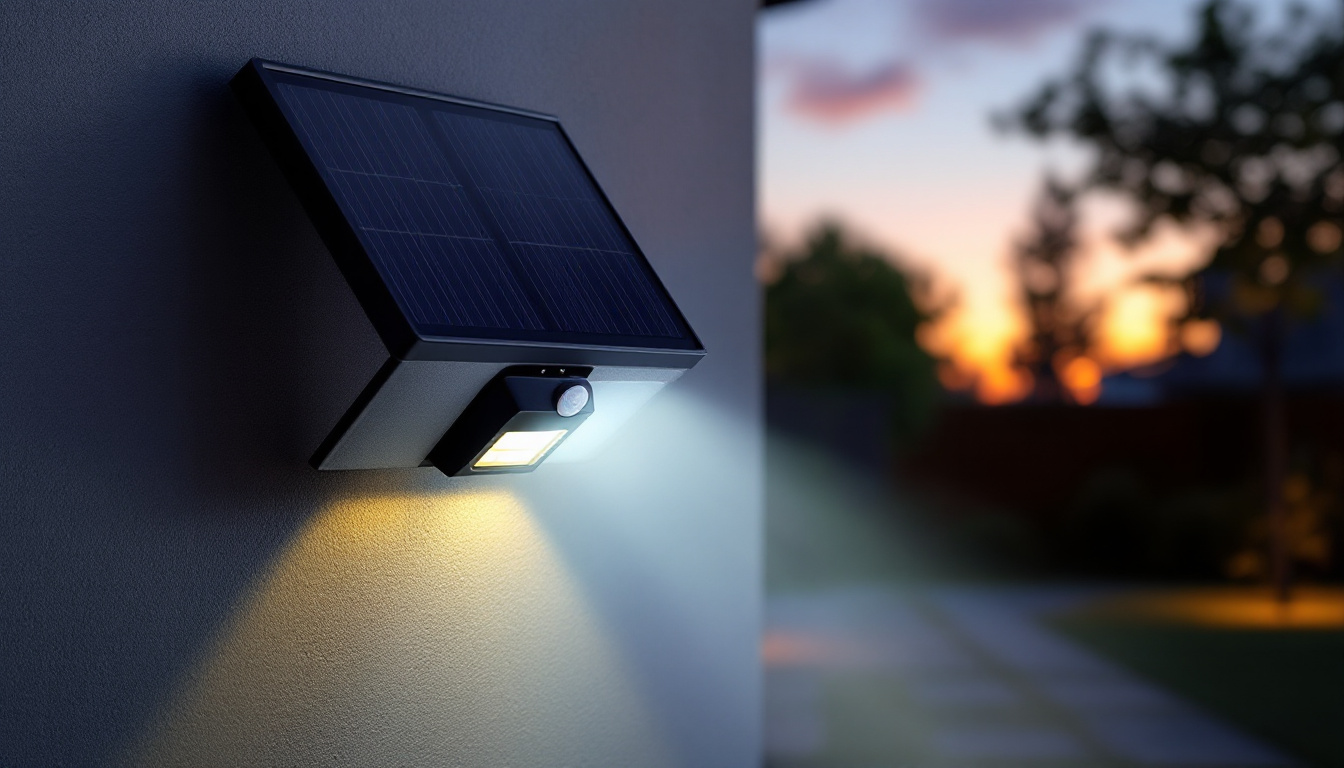
In the realm of emergency lighting, the reliability of battery systems is paramount. Lighting contractors often face a myriad of challenges when it comes to selecting, installing, and maintaining emergency lights and their associated batteries. Understanding these challenges is essential for ensuring that emergency lighting systems function effectively during critical moments. This article delves into the top challenges faced by lighting contractors regarding emergency lights batteries.
The first challenge that lighting contractors encounter is the variety of battery types available on the market. Each type comes with its own set of specifications, advantages, and disadvantages. Contractors must be well-versed in these options to make informed decisions.
Lead-acid batteries have been a staple in emergency lighting for decades. They are relatively inexpensive and widely available. However, their weight and size can pose installation challenges, particularly in tight spaces. Additionally, these batteries have a limited lifespan and require regular maintenance, which can add to the overall cost of ownership. Despite these drawbacks, lead-acid batteries are often favored for their reliability in critical situations, as they can deliver a steady power output when needed most. Furthermore, advancements in technology have led to the development of sealed lead-acid batteries, which minimize maintenance needs and enhance safety by reducing the risk of acid spills.
Lithium-ion batteries are gaining popularity due to their lightweight design and longer lifespan. They can be more expensive upfront, but their longevity often makes them a more cost-effective solution in the long run. However, contractors must be aware of the specific charging requirements and potential safety concerns associated with lithium-ion technology. These batteries are known for their high energy density, which allows for a compact design without sacrificing performance. Additionally, they have a lower self-discharge rate compared to other battery types, meaning they can hold their charge for longer periods when not in use. This characteristic makes them particularly suitable for applications where batteries may sit idle for extended durations before being activated.
Nickel-cadmium (NiCad) batteries are another option, known for their robustness and ability to perform well in extreme temperatures. However, they can suffer from memory effect, which can reduce their efficiency over time. Understanding the nuances of each battery type is crucial for contractors to recommend the best solution for their clients. NiCad batteries are particularly valued in environments where reliability is paramount, as they can withstand heavy discharge cycles without significant degradation. Moreover, they are less affected by temperature fluctuations, making them ideal for outdoor installations or areas with harsh weather conditions. However, contractors should also consider the environmental implications of using NiCad batteries, as they contain cadmium, a toxic heavy metal that requires careful handling and disposal to minimize ecological impact.
Another significant challenge is determining the appropriate battery size and capacity for specific applications. Emergency lighting systems must be designed to provide adequate illumination for a predetermined duration, typically ranging from 90 minutes to several hours. This duration is critical, as it must account for potential evacuation scenarios where occupants need clear visibility to navigate safely out of the building.
Contractors must accurately calculate the load requirements of the lighting fixtures to ensure that the chosen battery can support them. This involves understanding the wattage of the fixtures and the total number of fixtures that will be powered during an emergency. Failing to perform these calculations can lead to inadequate lighting during critical moments, compromising safety. Additionally, it is essential to consider the efficiency of the fixtures themselves; LED lights, for example, consume significantly less power than traditional incandescent bulbs, allowing for a more compact battery solution while still providing sufficient illumination.
Runtime expectations can vary based on the type of facility and the specific needs of the occupants. For instance, a commercial building may require longer runtimes than a residential property. Contractors must communicate with clients to understand their expectations and ensure that the selected battery can meet those needs without overextending the budget. Furthermore, it’s important to factor in the potential for increased runtime needs during unexpected emergencies, such as natural disasters or power outages, where occupants may need to remain in the building for extended periods. This necessitates a thorough risk assessment to determine the most appropriate battery capacity, taking into account not only the immediate requirements but also the potential for prolonged use in critical situations. By engaging in this comprehensive planning, contractors can help ensure that emergency lighting systems are both effective and reliable, ultimately safeguarding the well-being of all building occupants.
Once the appropriate battery type and size have been determined, the next hurdle is installation. Proper installation is crucial for the reliability of emergency lighting systems, and several factors can complicate this process.
Many facilities have limited space for battery installation, particularly in older buildings where retrofitting may be necessary. Lighting contractors must be creative in finding suitable locations for batteries while ensuring compliance with safety regulations. This may involve utilizing compact battery designs or exploring alternative mounting options.
Proper wiring and connectivity are essential for the functionality of emergency lighting systems. Contractors must ensure that all connections are secure and that the wiring is appropriately rated for the battery type being used. Poor connections can lead to system failures, which can be catastrophic during emergencies.
Regular maintenance and testing of emergency lighting systems are critical for ensuring their reliability. However, this can present several challenges for lighting contractors.
Many jurisdictions have strict regulations regarding the maintenance and testing of emergency lighting systems. Contractors must stay informed about these requirements to ensure compliance. This often involves conducting regular inspections and tests, which can be time-consuming and require additional resources.
Over time, batteries will need to be replaced, and contractors must be prepared to handle this process efficiently. Proper disposal of old batteries is also crucial, as many types contain hazardous materials. Contractors must be aware of local regulations regarding battery disposal and ensure that they follow best practices to protect the environment.
The rapid pace of technological advancements in battery technology can also pose challenges for lighting contractors. Staying updated on the latest innovations is essential for providing clients with the most effective solutions.
Smart battery systems are becoming increasingly popular, offering features such as remote monitoring and diagnostics. While these systems can enhance reliability and simplify maintenance, they also require contractors to have a deeper understanding of the technology. Training and education may be necessary to ensure that contractors can effectively install and service these advanced systems.
Many modern facilities are equipped with building management systems (BMS) that control various aspects of the building’s operations. Integrating emergency lighting systems with BMS can improve efficiency and monitoring capabilities. However, this requires contractors to have expertise in both lighting and automation systems, which can be a steep learning curve for some.
Effective communication with clients is vital for lighting contractors, especially when it comes to emergency lighting systems. Many clients may not fully understand the importance of reliable emergency lighting or the complexities involved in battery selection and maintenance.
Contractors must take the time to educate clients about the various battery options, their benefits, and limitations. Setting realistic expectations regarding performance, lifespan, and maintenance requirements can help prevent misunderstandings and dissatisfaction down the line.
After the installation is complete, contractors should offer ongoing support to clients. This can include regular check-ins, maintenance reminders, and updates on new technologies. By fostering a strong relationship with clients, contractors can ensure that emergency lighting systems remain effective and reliable over time.
Cost is always a significant factor in any project, and emergency lighting systems are no exception. Lighting contractors must navigate various cost considerations while ensuring that clients receive the best value for their investment.
While some battery types may have a higher initial cost, they can offer long-term savings through reduced maintenance and longer lifespans. Contractors must help clients understand the total cost of ownership rather than just the upfront costs. This holistic view can lead to better decision-making and ultimately more satisfied clients.
Many clients operate within strict budget constraints, which can limit the options available for emergency lighting systems. Contractors must be resourceful in finding solutions that meet safety requirements while staying within budget. This may involve recommending alternative battery types or exploring financing options for larger projects.
In summary, lighting contractors face a range of challenges when it comes to emergency lights batteries. From understanding the various battery types and their specifications to navigating installation complexities and maintenance requirements, staying informed and adaptable is key. By addressing these challenges head-on, contractors can ensure that they provide reliable and effective emergency lighting solutions that meet the needs of their clients.
Ultimately, the goal is to create a safe environment for occupants during emergencies. By focusing on education, communication, and ongoing support, lighting contractors can build trust with clients and enhance the overall effectiveness of emergency lighting systems. With the right approach, the challenges associated with emergency lights batteries can be transformed into opportunities for growth and success in the lighting industry.
Ready to tackle the challenges of emergency lights batteries with confidence? Choose LumenWholesale for your lighting needs and benefit from our commitment to quality, affordability, and convenience. Our extensive selection of spec-grade lighting products ensures that you have access to the best solutions for any project. Say goodbye to inflated markups and hello to unbeatable wholesale prices, free shipping, and the support you need to succeed. Don’t compromise on safety or value—Wholesale Lighting at the Best Value is just a click away. Equip your emergency lighting systems with LumenWholesale today.

Explore the advantages and drawbacks of using 4ft light bulbs in your projects.

Discover the transformative impact of solar-powered flood lights with motion sensors on modern lighting installations.

Discover why lighting contractors should prioritize fluorescent kitchen light fixtures in their projects.

Discover the essentials of solar lantern light strings in just five minutes with this concise guide tailored for lighting contractors.